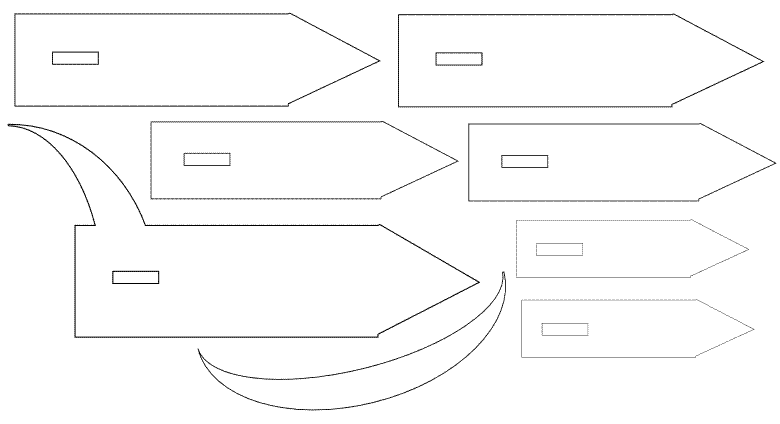
Model File (.svg)
This week I wanted to make a spaceship for a mobile for my baby's crib. First I had to design the spaceship so that I could cut it out on the lasercutter. Here's what it looks like:
I cut this out of cardboard and then taped them together to secure the ends. Next I had to figure out what type of material would look best to surround the ship. The process of making a composite feels very much like arts and crafts, which didn't make me too comfortable. Essentially you have to immerse a piece of fabric in some solution, mold it to the shape you want, and then let it dry.
First I tried some hydro stone over the hemp material, with less than stellar results:
I then tried hemp again but this time using the Smooth-Cast 300, which worked great:
I wanted a smoother look for the final spaceship, though, so I used bamboo fabric instead. We didn't have any more of the Smooth-Cast 300, so I used the Smooth-Cast 310. The bamboo absorbed quite a lot of the solution, and also took much longer to dry. I found it to be mind-numbingly difficult to get the fabric to nicely fit onto the cardboard model, and finally I had to clamp it off at the end so it would at least look close to the desired shape. Here's the picture of the final product, a piece of the model, and the clamp:
Getting the clamp off was a nightmare, and I had to use pliers and a screwdriver to rip/pry it off since it got glued to the final composite. The big lessons learned from this project are: